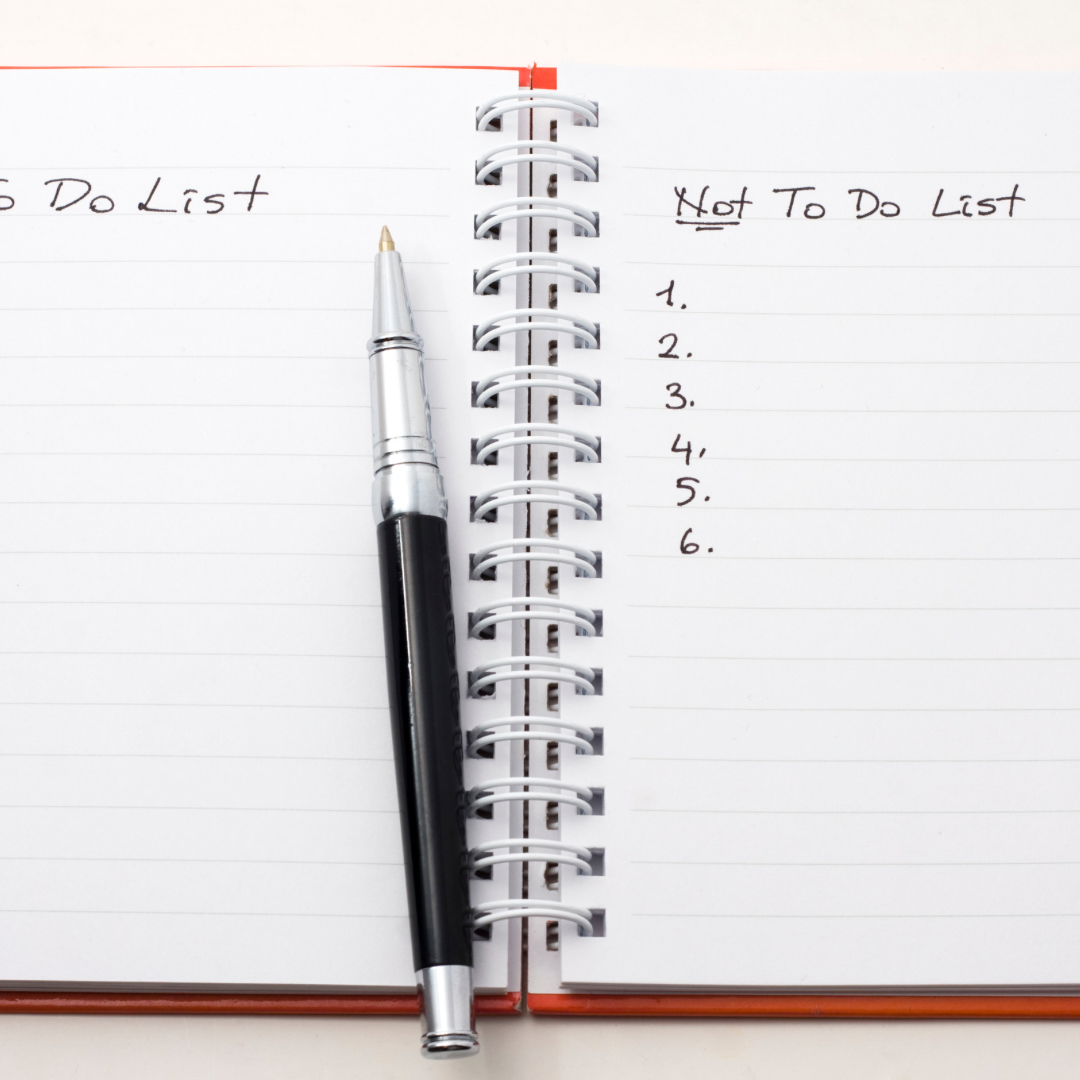How to Handle Never Ending To-Do Lists

Embracing the Unfinished List
We've all been there. Staring at a to-do list that seems to grow faster than we can cross things off. A list that mocks us with its ever-expanding length, whispering anxieties about undone tasks and looming deadlines. It's the to-do list that will never be fully "done," a constant companion in our busy lives. But instead of succumbing to the stress of this perpetual backlog, what if we learned to dance with the unfinished list? What if we reframed our relationship with it, turning it from a source of anxiety into a tool for mindful productivity?
This isn't about advocating for laziness or ignoring responsibilities. It's about acknowledging the reality of modern life: we are constantly bombarded with new tasks, requests, and opportunities. Our to-do lists often become a repository for everything, a catch-all for our anxieties and aspirations. The problem isn't the list itself, but our unrealistic expectations of conquering it completely.
So, how do you handle a to-do list that will never be fully worked off? Here's a guide to navigating the infinite scroll of tasks:
1. Acknowledge and Accept the Inevitable:
The first step is acceptance. Recognize that in today's fast-paced world, completely emptying your to-do list is often an unrealistic goal. Instead of striving for an unattainable "zero inbox" for tasks, shift your focus to managing the flow of work and prioritizing effectively. Embrace the concept of a rolling to-do list, one that constantly evolves and adapts to changing priorities.
2. Categorize and Prioritize Ruthlessly:
A massive, undifferentiated list is overwhelming. Break it down into categories: Work, Personal, Errands, Projects, etc. Then, prioritize within each category. Use methods like the Eisenhower Matrix (Urgent/Important) to identify the tasks that truly demand your immediate attention. Don't be afraid to ruthlessly prune items that are no longer relevant or important. Ask yourself: "If I only accomplished three things today, what would they be?"
3. Embrace the Power of "Someday/Maybe" Lists:
Many items on our to-do lists are aspirational, not urgent. They're things we'd like to do "someday," but aren't critical right now. Separate these into a "Someday/Maybe" list. This helps declutter your main list and allows you to revisit these items later when you have more time or resources. This prevents your active list from becoming bogged down with low-priority items.
4. Timeboxing and Task Batching:
Instead of trying to tackle everything at once, allocate specific time blocks for certain types of tasks. For example, dedicate an hour each morning to answering emails, or schedule a block of time each week for working on a specific project. Batch similar tasks together to maximize efficiency. Focus on deep work during your peak productivity times and save less demanding tasks for when you're feeling less focused.
5. The Art of Delegation and Saying "No":
Learn to delegate tasks whenever possible. If someone else can do it, let them. This frees up your time and energy for the tasks that truly require your expertise. Equally important is learning to say "no" to new commitments when your plate is already full. Protect your time and energy by being selective about what you take on. A polite "no" is often more valuable than an overwhelmed "yes."
6. Regular Review and Refinement:
Your to-do list isn't a static document. It needs to be regularly reviewed and refined. Schedule a weekly or monthly review to assess your progress, re-prioritize tasks, and remove items that are no longer relevant. This regular review process ensures that your list remains a useful tool, not a source of stress.
7. Focus on Progress, Not Perfection:
Don't beat yourself up if you don't cross everything off your list. Focus on the progress you've made, no matter how small. Celebrate your accomplishments and acknowledge the effort you've put in. Remember, the goal isn't to achieve an impossible state of "done," but to make consistent progress towards your goals.
8. Integrate Your To-Do List with Your Calendar:
A to-do list is only effective if it's integrated with your schedule. Block out time in your calendar for specific tasks, just as you would for meetings or appointments. This helps you allocate your time effectively and ensures that you're making progress on your most important tasks.
9. Use Technology Wisely:
Numerous apps and tools are available to help you manage your to-do list. Experiment with different options to find what works best for you. Whether it's a simple notepad app or a complex project management system, the right tool can make a significant difference in your productivity. However, remember that the tool is just a tool. The real key is developing effective habits and strategies for managing your workload.
10. Prioritize Your Well-being:
Finally, remember that your to-do list is not a measure of your worth. Don't let it consume your life or contribute to burnout. Prioritize your well-being by taking breaks, getting enough sleep, and engaging in activities that you enjoy. A healthy and balanced life is more important than a perfectly curated to-do list.
The infinite scroll of tasks is a reality for many of us. By embracing these strategies, you can learn to manage your to-do list effectively, reduce stress, and focus on what truly matters. It's not about achieving the impossible "done" state, but about making conscious choices about how you spend your time and energy. It's about turning your to-do list from a source of anxiety into a tool for mindful and intentional living.